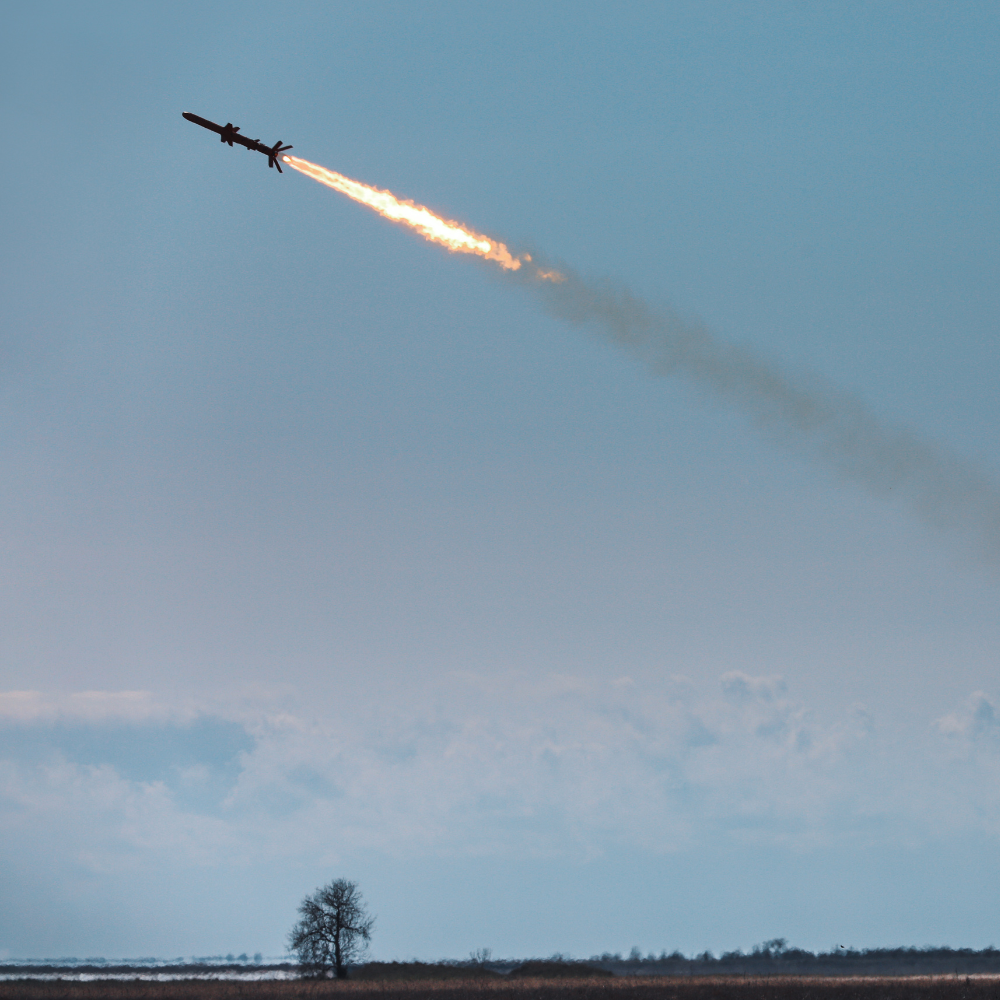Biden approves Ukraine missile strikes targeting inside Russia
In a significant shift in US policy, President Joe Biden has approved Ukraine’s use of long-range ATACMS missiles supplied by the United States to strike targets inside Russia. A US official confirmed the decision to CBS, marking a major development in the ongoing conflict.
Ukrainian President Volodymyr Zelensky, who has consistently pushed for the removal of restrictions on ATACMS missiles, responded indirectly by emphasizing that such actions speak for themselves rather than being announced. The decision has faced criticism from Russia, with senior Kremlin officials describing it as a significant escalation, though President Vladimir Putin has not yet provided any comments.
The Biden administration has framed the decision as a defensive measure, allowing Ukraine to bolster its position in Russia’s Kursk region. Ukrainian forces launched an incursion there in August, and the area is seen as a potential bargaining chip for future negotiations.
ATACMS missiles, with a range of up to 300 km (186 miles), could enhance Ukraine’s ability to counter Russian forces and maintain control over this territory. Serhiy Kuzan, chairman of the Ukrainian Security and Cooperation Centre, described the decision as “very important” but noted that while it might not change the war’s overall trajectory, it would help equalize the battlefield.
Unnamed US officials indicated that Biden’s approval came in response to reports of North Korean soldiers fighting alongside Russian forces in Ukraine. Ukraine estimates that around 11,000 North Korean troops are in the Kursk region, and an assault by combined Russian and North Korean forces is reportedly imminent.
The decision could also pave the way for other NATO allies, such as Britain and France, to allow the use of their long-range Storm Shadow missiles inside Russia. Both nations have yet to formally respond to Biden’s move.
Ukraine has already used US-supplied long-range missiles to strike Russian targets in the eastern Donetsk region, where Moscow has been advancing toward the critical supply hub of Pokrovsk. At the same time, Russia has significantly increased its drone attacks on Ukraine, launching over 2,000 in October alone, a record since the war began.
The conflict’s intensity has escalated in recent days. Russia launched its largest coordinated assault in months on Saturday night, killing at least 10 people with a barrage of 120 missiles and 90 drones. Attacks continued into Sunday evening, with a missile strike in Ukraine’s Sumy region killing eight people, including two children.
In response, Ukrainian forces have intensified their drone operations, with Russian officials in Bryansk reporting the downing of 26 Ukrainian drones over the weekend.
President Biden’s decision comes as he prepares to leave office in January, with concerns that a potential Donald Trump presidency could halt or significantly reduce US support for Ukraine. Trump has criticized the aid as a drain on resources and suggested he would end the war, though he has not outlined a strategy for doing so.
Since the war began, the US has been Ukraine’s largest military supporter, committing $55.5 billion in aid by mid-2024, according to the Kiel Institute for the World Economy. Biden’s latest move signals his intent to reinforce Ukraine’s defenses during his remaining time in office, despite growing political and logistical challenges.










